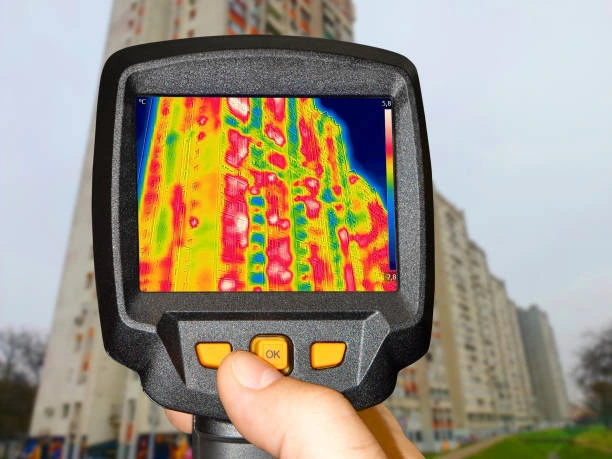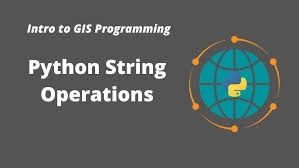Course Overview
The GIS Disease Surveillance Monitoring course is designed to equip participants with the skills and knowledge needed to effectively utilize Geographic Information Systems (GIS) for tracking and analyzing disease outbreaks. This course provides a comprehensive understanding of spatial data management, spatial analysis techniques, and the application of GIS in public health surveillance. Participants will learn to map disease occurrences, identify spatial patterns, and support decision-making processes for disease prevention and control.
Course Duration
5 Days
Who Should Attend
- Public health professionals and epidemiologists
- Medical and health researchers
- GIS specialists and data analysts
- Environmental health officers
- Government and non-governmental organization staff involved in health monitoring
- Students and academics in public health, geography, or related fields
Course Objectives
By the end of this course, participants will be able to:
- Understand the principles and concepts of GIS and their application in disease surveillance.
- Collect, manage, and analyze spatial data related to disease occurrences.
- Utilize GIS tools to map disease distribution and identify spatial patterns.
- Conduct spatial analysis to assess the impact of environmental factors on disease spread.
- Develop and interpret GIS-based models for disease risk assessment.
- Apply GIS techniques to support public health decision-making and policy development.
- Communicate findings effectively through maps and spatial data visualizations.
Course Outline:
Module 1: Introduction to GIS in Public Health
- Basics of GIS and spatial data
- Importance of GIS in disease surveillance
- Overview of GIS software and tools
Module 2: Data Collection and Management
- Sources of spatial data for health applications
- Data collection techniques and tools
- Data cleaning and management
Module 3: Mapping Disease Distribution
- Creating and interpreting disease maps
- Visualizing spatial data using GIS software
- Case studies of disease mapping
Module 4: Spatial Analysis Techniques
- Spatial autocorrelation and clustering
- Hot spot analysis
- Kernel density estimation
Module 5: Environmental and Socioeconomic Factors
- Analyzing the impact of environmental factors on disease spread
- Socioeconomic determinants of health
- Integrating various data layers for comprehensive analysis
Module 6: Risk Assessment and Modeling
- Developing risk maps
- GIS-based disease modeling techniques
- Predictive modeling for disease outbreaks
Module 7: Public Health Applications and Decision-Making
- Case studies and real-world applications
- Using GIS for emergency response and planning
- Policy development and public health interventions
Module 8: Communicating Results
- Creating effective maps and visualizations
- Reporting and presenting findings
- Best practices for sharing GIS data and results
Customized Training
This training can be tailored to your institution needs and delivered at a location of your choice upon request.
Requirements
Participants need to be proficient in English.
Training Fee
The fee covers tuition, training materials, refreshments, lunch, and study visits. Participants are responsible for their own travel, visa, insurance, and personal expenses.
Certification
A certificate from Ideal Sense & Workplace Solutions is awarded upon successful completion.
Accommodation
Accommodation can be arranged upon request. Contact via email for reservations.
Payment
Payment should be made before the training starts, with proof of payment sent to outreach@idealsense.org.
For further inquiries, please contact us on details below:






